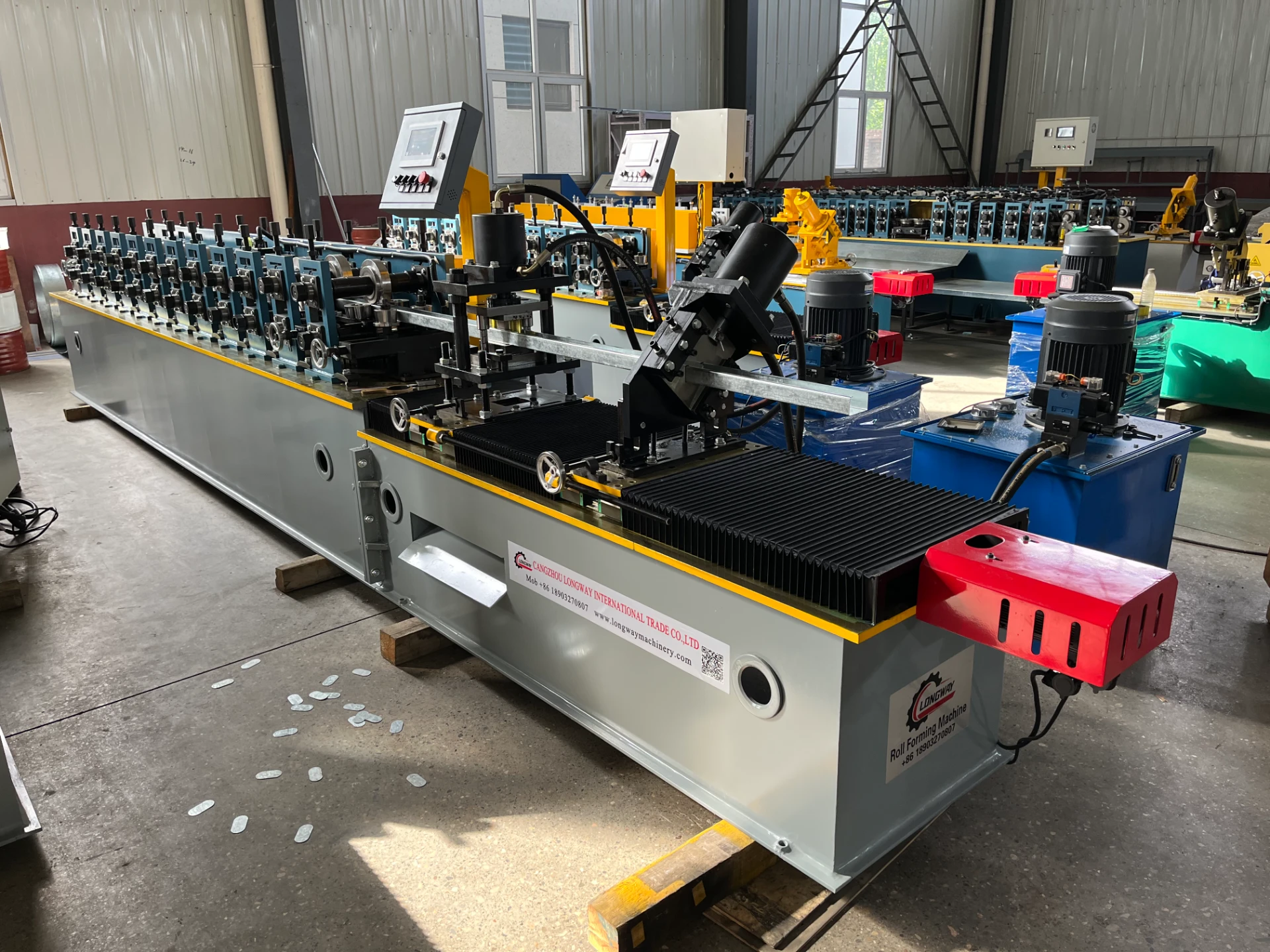Exploring Innovative Techniques in Roll Forming for Advanced Manufacturing Solutions
The Rise and Impact of Roll Formers in Modern Manufacturing
In the dynamic world of manufacturing, innovation and efficiency are key drivers that keep industries competitive. Among the plethora of advancements in machinery and equipment, roll formers have emerged as a crucial asset for many sectors, particularly in the production of metal components. With their ability to produce a wide range of shapes and profiles with precision and consistency, roll formers are not only enhancing productivity but also reshaping the landscape of metalworking.
Understanding Roll Forming Technology
Roll forming is a continuous bending operation in which a long strip of metal, usually in coil form, is passed through a series of rollers. Each pair of rollers gradually transforms the flat strip into a specific cross-section profile. This process can produce complex shapes with high accuracy and low waste, making it an efficient method for mass production.
The machine involved in this process, known as a roll former, is designed to handle various materials, including steel, aluminum, and sometimes even copper, depending on the desired application. One of the significant advantages of roll formers is their ability to create uniform components with consistent quality over long production runs, making them ideal for industries such as automotive, construction, and appliances.
Applications Across Industries
Roll formers have found applications in numerous industries due to their versatility. In the construction sector, they are widely used for producing metal roofing panels, purlins, and siding. These components are essential for reinforcing structures and offering protection against environmental elements. As sustainability becomes a priority in construction, roll forming plays a vital role by allowing the production of lightweight yet durable materials that contribute to energy efficiency.
In the automotive industry, roll formers are employed to manufacture parts such as chassis components, door frames, and other structural elements. The ability to create lightweight and high-strength profiles helps automakers meet stringent safety standards while improving fuel efficiency.
Moreover, the appliance industry benefits from roll forming technology in the production of brackets, frames, and other structural components. The precise shapes and dimensions achievable through roll forming enable manufacturers to design more efficient appliances with a focus on modern aesthetics and functionality.
roll former

The Advantages of Using Roll Formers
One of the primary benefits of roll forming is its efficiency. The continuous process allows for high-speed production rates, reducing both lead times and labor costs. This feature is particularly important in industries where time-to-market can significantly impact competitiveness.
Additionally, roll forming minimizes waste material. The process can produce components with exact measurements, and the ability to recycle scrap metal further enhances its sustainability profile. This leads to cost savings for manufacturers while meeting growing environmental regulations.
Durability and reliability are also hallmarks of roll forming. The robust nature of the components produced, combined with the consistent quality of the process, means that finished products are often ready for immediate use without the need for extensive finishing processes. This reliability enhances the overall supply chain efficiency, allowing manufacturers to meet customer demands promptly.
The Future of Roll Forming
As technology advances, the roll forming industry is poised for further innovation. The integration of automation and advanced materials is likely to enhance production capabilities and open new doors for roll forming applications. For instance, the use of computer numerical control (CNC) technology can allow for more intricate designs and higher precision, while advancements in material science may expand the range of substrates that can be effectively used in roll forming.
Moreover, as industries continue to emphasize sustainability, the role of roll formers will be vital. Their ability to produce lightweight, recyclable components aligns perfectly with the circular economy model that many sectors are striving to adopt.
In conclusion, roll formers are not just a tool of the trade in metalworking; they are a transformative technology that has redefined manufacturing efficiency and design flexibility across multiple industries. As we look towards the future, it is clear that roll forming will continue to play an integral role in meeting the evolving demands of modern manufacturing.
-
Roof Panel Machines: Buying Guide, Types, and PricingNewsJul.04, 2025
-
Purlin Machines: Types, Features, and Pricing GuideNewsJul.04, 2025
-
Metal Embossing Machines: Types, Applications, and Buying GuideNewsJul.04, 2025
-
Gutter Machines: Features, Types, and Cost BreakdownNewsJul.04, 2025
-
Cut to Length Line: Overview, Equipment, and Buying GuideNewsJul.04, 2025
-
Auto Stacker: Features, Applications, and Cost BreakdownNewsJul.04, 2025
-
Top Drywall Profile Machine Models for SaleNewsJun.05, 2025








